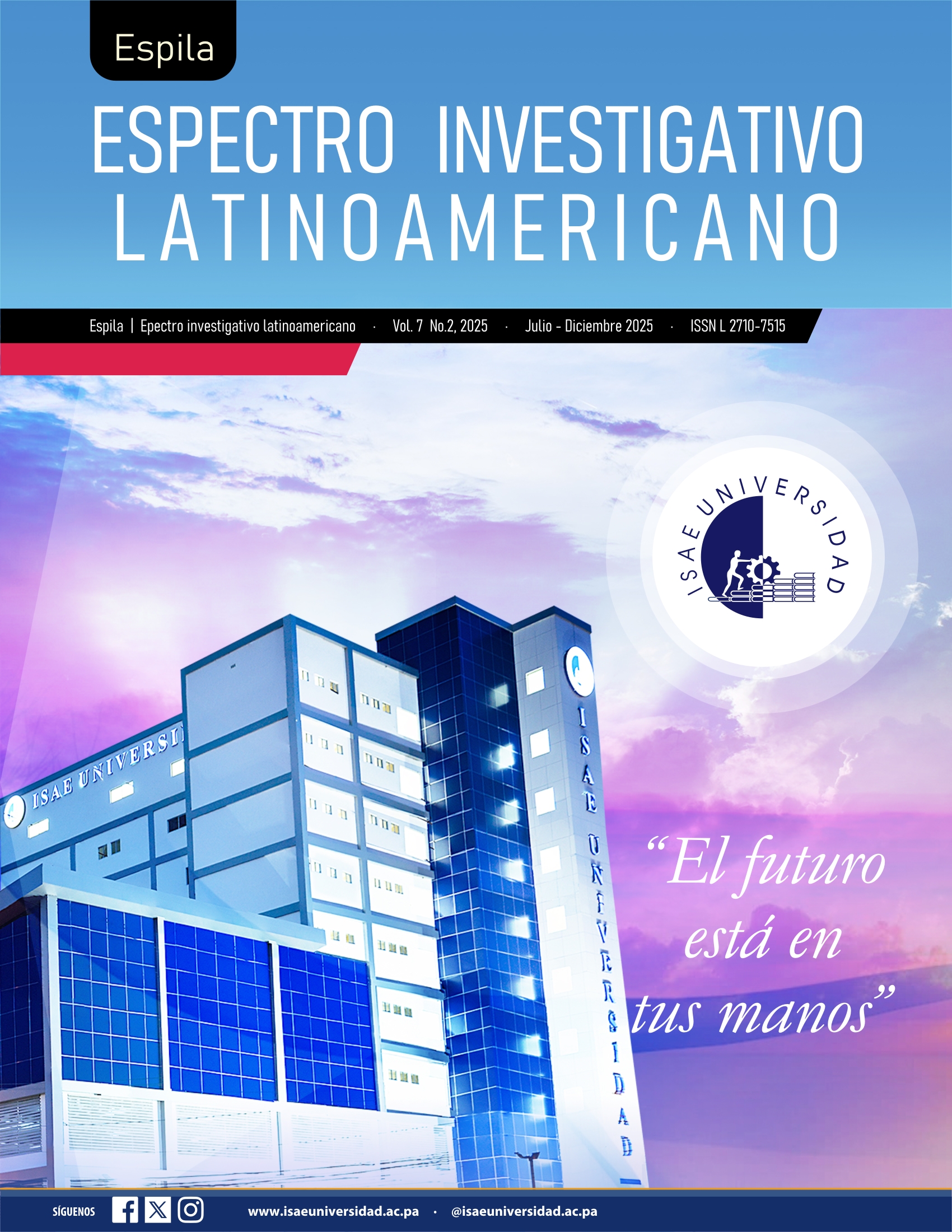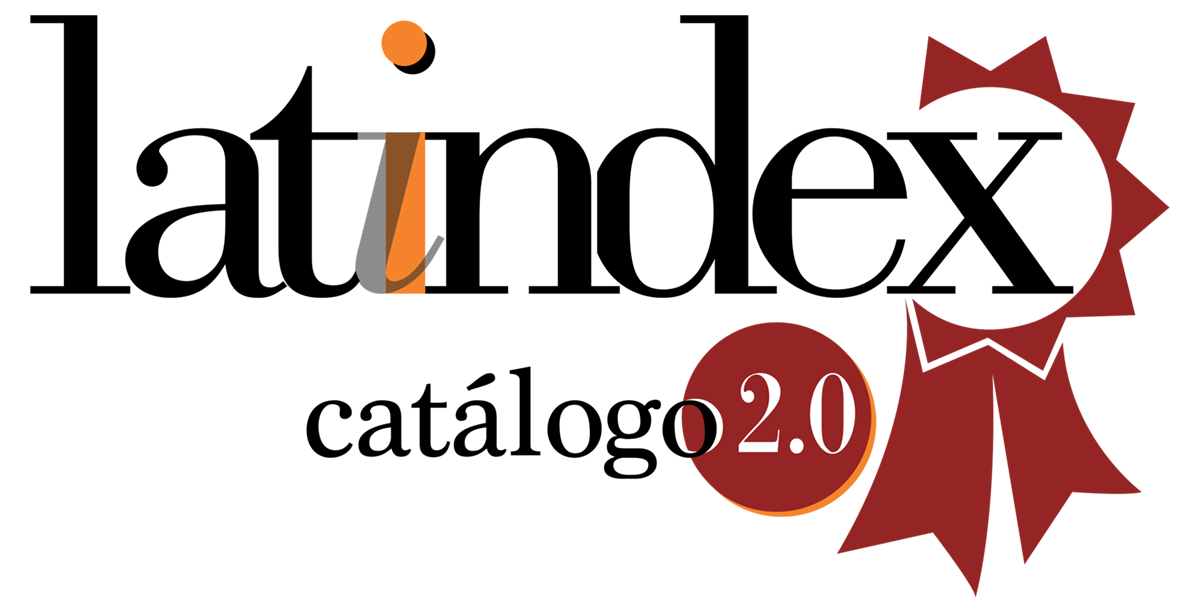Una visión integral del M-learning en la educación virtual
DOI:
https://doi.org/10.61454/51qzdh75Palabras clave:
M-learning, e-learning, tecnologías móviles, aprendizaje personalizado, educación superior virtualResumen
Durante los últimos años, la integración de tecnologías móviles en el ámbito de la educación superior, particularmente en su modalidad virtual, ha presentado un crecimiento exponencial que evidencia una transformación progresiva en las formas de enseñanza-aprendizaje. Esta tendencia ha favorecido la aplicación de estrategias didácticas más interactivas, flexibles y personalizadas, que responden a las demandas de una sociedad caracterizada por la movilidad, la conectividad constante y la digitalización del conocimiento. El Mobile Learning o M-learning se posiciona como un enfoque pedagógico emergente que permite a los estudiantes acceder a contenidos y actividades formativas en cualquier momento y desde cualquier lugar. Este artículo tiene como propósito realizar una revisión crítica del estado del arte del M-learning en contextos virtuales, considerando su definición, fundamentos teóricos, tendencias contemporáneas y metodologías aplicadas. A partir del análisis de diversas fuentes, se identifican características comunes como la portabilidad, la ubicuidad, la interactividad y la personalización del aprendizaje. Asimismo, se analizan diferentes marcos metodológicos que han orientado el desarrollo de propuestas didácticas basadas en tecnologías móviles. Se concluye que el M-learning ofrece un potencial significativo para mejorar la calidad de la educación virtual, aunque su implementación efectiva requiere un abordaje integral que incluya el diseño pedagógico, la formación docente y el desarrollo de recursos educativos adecuados.
Descargas
Referencias
Ally, M. (2007). Mobile Learning: Transforming the Delivery of Education and Training. Athabasca University Press.DOI:10.19173/irrodl.v10i4.751
Atif, Y. (2013). Conversational learning integration in technology enhanced classrooms. Computers in Human Behavior, 29(2), 416-423.https://doi.org/10.1016/j.chb.2012.07.026
Bravo, Reyes, C., Apaza Zegarra, F., & Orozco Aldana, J. (2015). Metodología para el desarrollo de cursos en la modalidad de M-Learning a través de mensajería instantánea. Revista De La Facultad De Ciencias Económicas, (15), 43–56. https://doi.org/10.30972/rfce.015343
Hwang, G.-J., & Wu, P.-H. (2014). Applications, impacts and trends of mobile technology-enhanced learning: A review of 2008–2012 publications. Educational Technology & Society, 17(4), 4–14.DOI:10.1504/IJMLO.2014.062346
Koole, M. (2009). A Model for Framing Mobile Learning. In M. Ally (Ed.), Mobile Learning: Transforming the Delivery of Education and Training (pp. 25–47). AthabascaUniversity Press.https://www.researchgate.net/publication/252714629_A_Model_for_Framing_Mobile_Learning
Oya, J. V., Uclés, D. F., & López, A. C. (2021). Tendencias actuales del M-learning: una revisión de la literatura. Edunovatic, 21.https://dialnet.unirioja.es/servlet/articulo?codigo=8376493
Pablos Pons, J., & Gómez Camacho, A. (2023). Escritura digital y educación: el M-learning. RIED. Revista Iberoamericana de Educación a Distancia, 26(1), 123–138.DOI:10.17398/1695-288X.23.1.105
Quinn, C. (2000). mLearning: Mobile, Wireless, In-Your-Pocket Learning. LineZine.https://www.researchgate.net/publication/343083598_mLearning_Mobile_Wireless_In-Your-_Pocket_Learning
Reina, D. M., & La Serna, N. B. (2020). Revisión sistemática sobre el estado del arte de las metodologías para M-learning. Revista Espacios, 41(06).https://www.revistaespacios.com/a20v41n06/a20v41n06p11.pdf
Santiago, R., et al. (2016). M-learning: Características y ventajas. Servicio de Apoyo Técnico a la Docencia y la Investigación, Universidad Miguel Hernández.https://satdi.umh.es/2016/04/26/m-learning-caracteristicas-y-ventajas/
Sharma, S., & Kitchens, F. L. (2004). Web services architecture for M-learning. Electronic Journal on e-Learning, 2(1), 203–210.https://files.eric.ed.gov/fulltext/EJ1099248.pdf
Traxler, J. (2009). Current State of Mobile Learning. International Review of Research in Open and Distance Learning, 10(1).https://www.researchgate.net/publication/252422837_Current_State_of_Mobile_Learning
UNESCO. (2015). Mobile Learning for Teachers in Africa and the Middle East. UNESCO Publishing.https://unesdoc.unesco.org/ark:/48223/pf0000216358#:~:text=The%20purpose%20of%20this%20paper,the%20region%20is%20very%20sparse.
Zydney, J. M., & Warner, Z. (2015). Mobile apps for science learning: Review of research. Computers&Education, 94, 1–17.https://doi.org/10.1016/j.compedu.2015.11.001
Publicado
Número
Sección
Licencia
Derechos de autor 2025 Espectro Investigativo Latinoamericano

Esta obra está bajo una licencia internacional Creative Commons Atribución-NoComercial-CompartirIgual 4.0.








